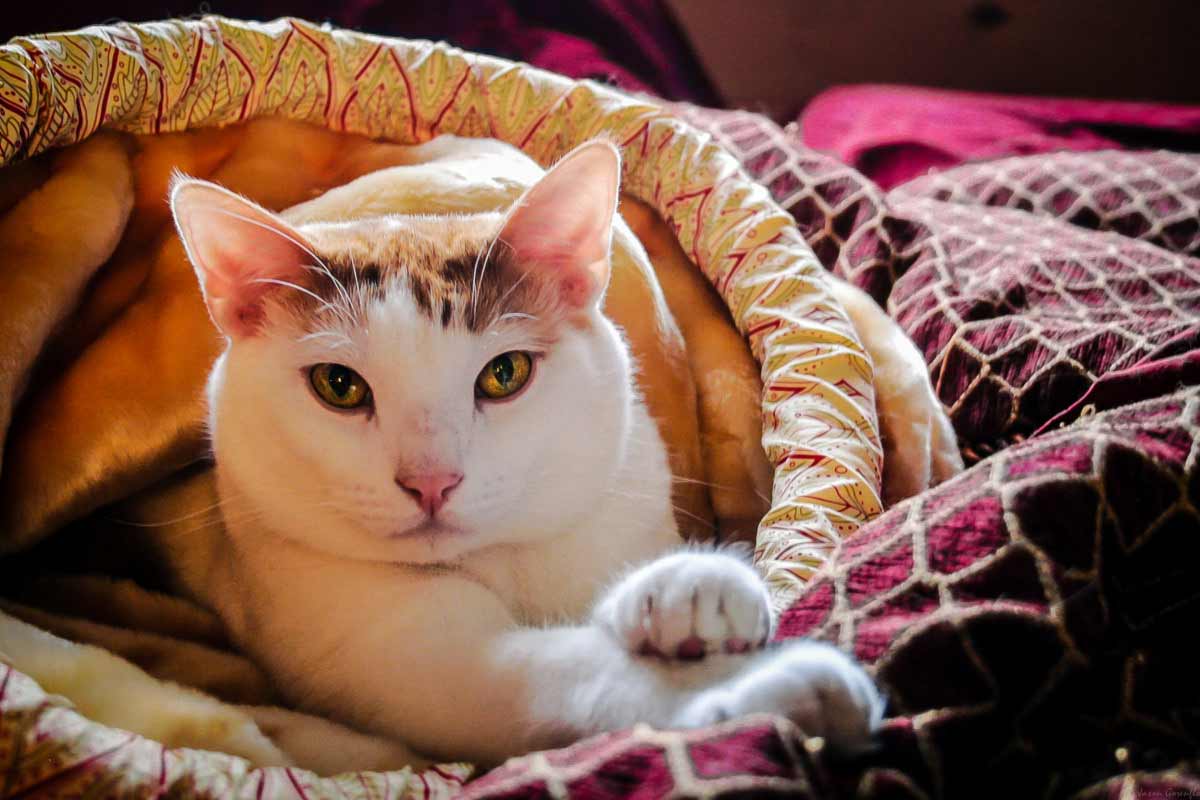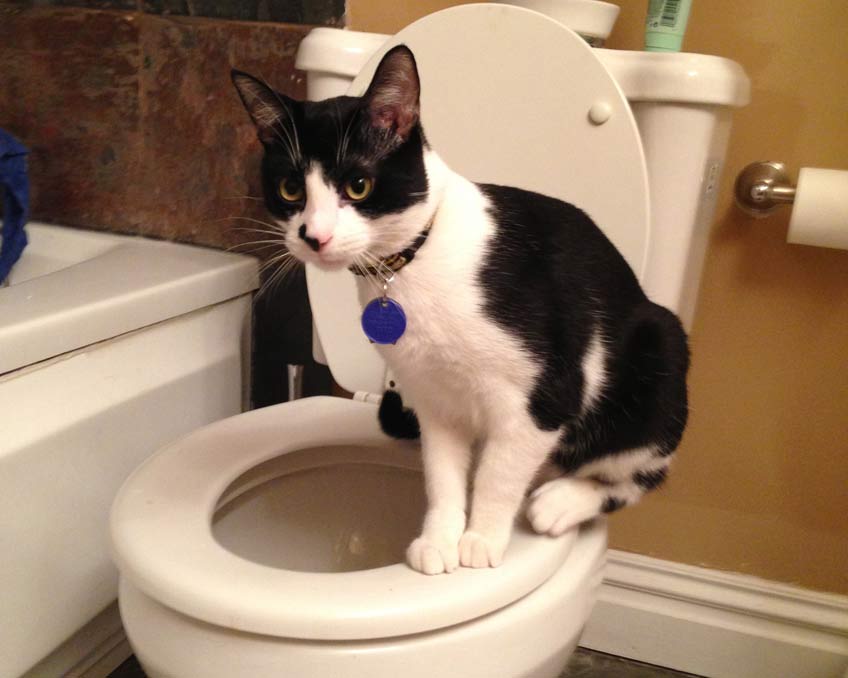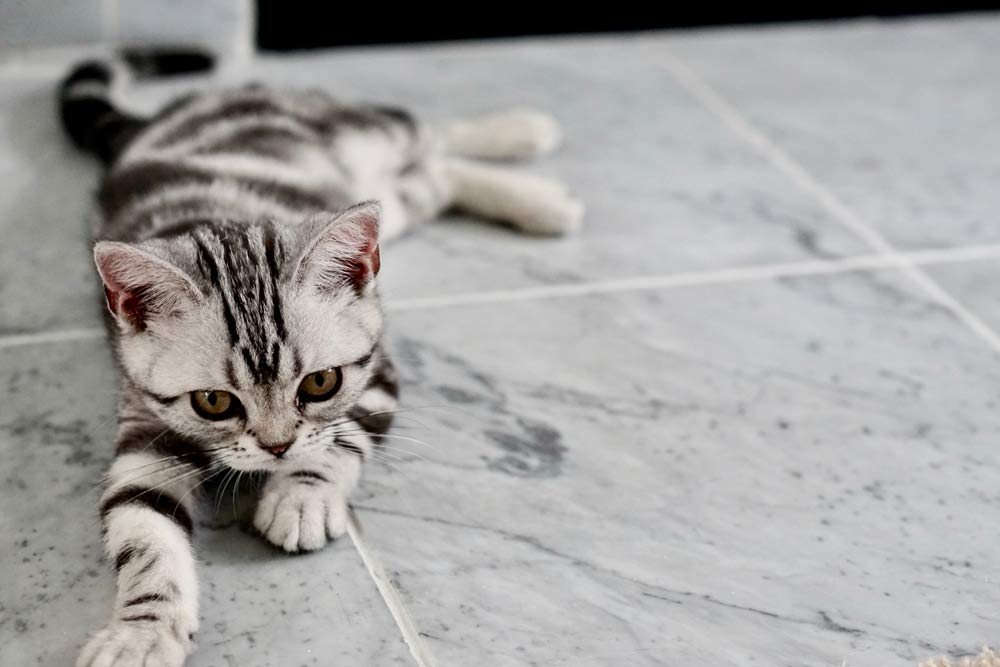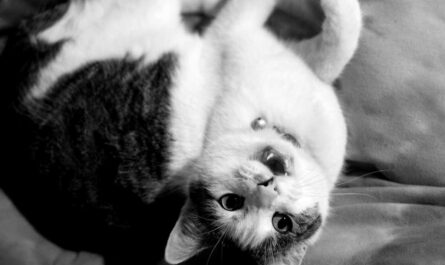How to stop a cat from spraying after neutering? The enigma of cat spraying unfolds as a tapestry woven with intricate threads of innate instincts, hormonal dynamics, and environmental influences. Deciphering this complex behavior requires a nuanced understanding of feline communication, individual variability, and the intricate dance between nature and nurture.
Why do cats spray?
The enigmatic and intricate realm of feline behavior unfolds in a kaleidoscope of multifaceted facets, with a particular enigma that commands attention—cat spraying. This instinctual conduct, deeply embedded in the primal core of cats, manifests itself as a sophisticated form of communication. Cats, inherently territorial creatures, employ spraying as a visceral brushstroke, marking their domain and broadcasting their presence to fellow felines. The symphony of hormones, particularly pronounced in unaltered cats, orchestrates this behavior, weaving a tapestry of olfactory communication that eludes the grasp of human comprehension.
Innate Territorial Instincts: A Deep Dive
At the epicenter of cat spraying, an intricate dance unfolds—a manifestation of an innate territorial instinct that penetrates the very essence of the feline psyche. Unaltered cats, propelled by a hormonal surge, engage in this ritual to etch and define the boundaries of their domain. This choreography of pheromones left lingering in the sprayed markings, choreographs a silent ballet of messages to other cats, spanning the spectrum from cautionary signals to explicit mating invitations. The act of spraying metamorphoses into a dynamic expression of feline identity, a sensory language surpassing the limitations of mere visual cues.
Social Dynamics at Play: Cat Spraying as Communication
A plunge into the intricate social dynamics of the feline cosmos reveals the genuine purpose behind cat spraying—an artful form of communication. Solitary by nature, cats employ spraying as a non-confrontational means to convey messages to their peers. The labyrinthine chemical messages concealed in the spray become a muted dialogue, transmitting a trove of information about the sprayer’s emotional state, reproductive readiness, and potential perils in the surroundings. This elaborate communication system blankets the seemingly straightforward act of spraying with an intricate layer of complexity.
Why do cats spray after neutering?
The enigma of cat spraying acquires a perplexing twist when scrutinizing the post-neutering phase. Widely presumed to quell spraying behavior, neutering, contrary to expectations, doesn’t universally extinguish this instinctual inclination. The metamorphosis from an intact to a neutered state introduces a delicate interplay of hormonal readjustments, altered behavioral patterns, and residual territorial proclivities.
Hormonal Residue: Lingering Traces of the Past
Even post the surgical excision of reproductive organs, the vestiges of hormones persist in the aftermath of neutering. This residual hormonal presence may incite temporary spraying behavior as the feline adjusts to the shifting hormonal landscape. The intricate ballet of hormones, though subdued, coaxes the cat into territorial marking, albeit in a less fervent fashion compared to an intact counterpart.
Behavioral Adjustment: Adapting to Change
In the aftermath of neutering, cats embark on a period of behavioral recalibration. The eradication of reproductive hormones triggers an intricate dance of territorial instincts and social behaviors. Some felines persist in spraying as a response to environmental stressors, while others gradually relinquish the behavior as they acclimatize to the nuanced alterations in their hormonal equilibrium. Deciphering the idiosyncratic nuances of a cat’s response to neutering becomes pivotal in unraveling the multifaceted conundrum of post-neutering spraying.
Environmental Factors: Catalysts for Spraying
Beyond hormonal intricacies, the pivotal role played by environmental factors emerges as a linchpin in post-neutering spraying. Shifts in the household milieu, the introduction of new companions, or tweaks in routine can serve as stress-induced triggers for spraying. Cats, creatures of habit, articulate their disquiet through spraying, a manifestation that endures even after neutering. Discerning and addressing these environmental catalysts becomes paramount in shepherding the cat through a seamless transition into its modified hormonal and behavioral landscape.
How to stop a cat from spraying after neutering: 11 Tips
In the labyrinthine landscape of feline behavior, the inscrutable act of post-neutering spraying beckons a nuanced exploration. Cats, distinguished for their capricious conduct, often resort to this behavior as a subtle form of territorial assertion or communication. Grasping the intricacies of this intrinsic feline trait becomes paramount, serving as the foundation for implementing strategic interventions aimed at mitigating or entirely preventing the enigmatic phenomenon of post-neutering spraying.
1. Early Intervention: A Crucial Preemptive Strategy
Embarking on a proactive approach, early intervention emerges as the linchpin in curtailing the potential aftermath of neutering. Swiftly addressing any subtle signs of restlessness or anxiety in the feline companion becomes pivotal, circumventing the onset of spraying behavior. This preemptive stance demands a keen observer, attuned to nuanced shifts in the cat’s demeanor that might subtly signal an impending inclination towards spraying. The judicious application of behavioral strategies at this juncture holds the key to altering the trajectory of feline conduct.
2. Environmental Enrichment: Crafting a Cat-Friendly Utopia
The ambiance enveloping a feline habitat plays a pivotal role in shaping its behavioral proclivities. The strategic enrichment of the feline environment transforms it into a haven, dissuading the inclination to spray. Incorporating elements such as vertical spaces, scratching posts, and interactive toys metamorphoses the living space into a multifaceted playground that satiates the cat’s physical and psychological needs. This holistic approach not only caters to the feline’s instincts but also fosters an environment conducive to positive behavioral adaptations.

3. Odor Neutralization: A Subtle Eradication of Triggers
Odor, an influential catalyst for spraying tendencies, demands meticulous attention in the battle against post-neutering spraying. Employing enzymatic cleaners or specialized neutralizers to eradicate any lingering scent markers becomes imperative. These olfactory remnants, imperceptible to the human senses but potent triggers for cats, must be systematically expunged to dissuade the recurrence of spraying behavior. The subtlety of this olfactory warfare lies in its effectiveness in reshaping the cat’s perception of its territory.
Other Interesting Articles
- Ocicat Cat Breed Profile: Health, Facts, Traits, Groom, Care
- Ojos Azules Cat Breed Profile: Health, Traits, Groom, Care
- Oregon Rex Cat Breed Profile: Health, Traits, Groom, Care
- Oriental Bicolor Breed Profile: Health, Traits, Groom, Care
- Oriental Longhair Breed Profile: Health, Traits, Groom, Care
- Oriental Shorthair Breed Profile: Health, Traits, Groom, Care
- Peterbald Cat Breed Profile: Health, Traits, Groom, Care
- Pixie-Bob Cat Breed Profile: Health, Traits, Groom, Care
- Ragamuffin Cat Breed: Health, Facts, Traits, Groom, Care
- Russian White Cat Breed Profile: Health, Traits, Groom, Care
- Serengeti Cat Breed Profile: Health, Traits, Groom, Care
- Savannah Cat Breed Profile: Health, Traits, Groom, Care
- Selkirk Rex Cat Breed Profile: Health, Traits, Groom, Care
- Singapura Cat Breed Profile: Facts, Coat, Traits, Groom, Care
- Sokoke Cat Profile, Traits, Health, Facts, Grooming, Care
- Somali Cat Profile, Traits, Health, Facts, Grooming, Care
- Turkish Angora Cat Profile, Traits, Health, Grooming, Care
- Sphynx Cat Breed: Profile, Traits, Health, Grooming, Care
- Turkish Van Cat Breed: Profile, Traits, Grooming, Care
- Toyger Cat Breed: Profile, Traits, Health, Grooming, Care



